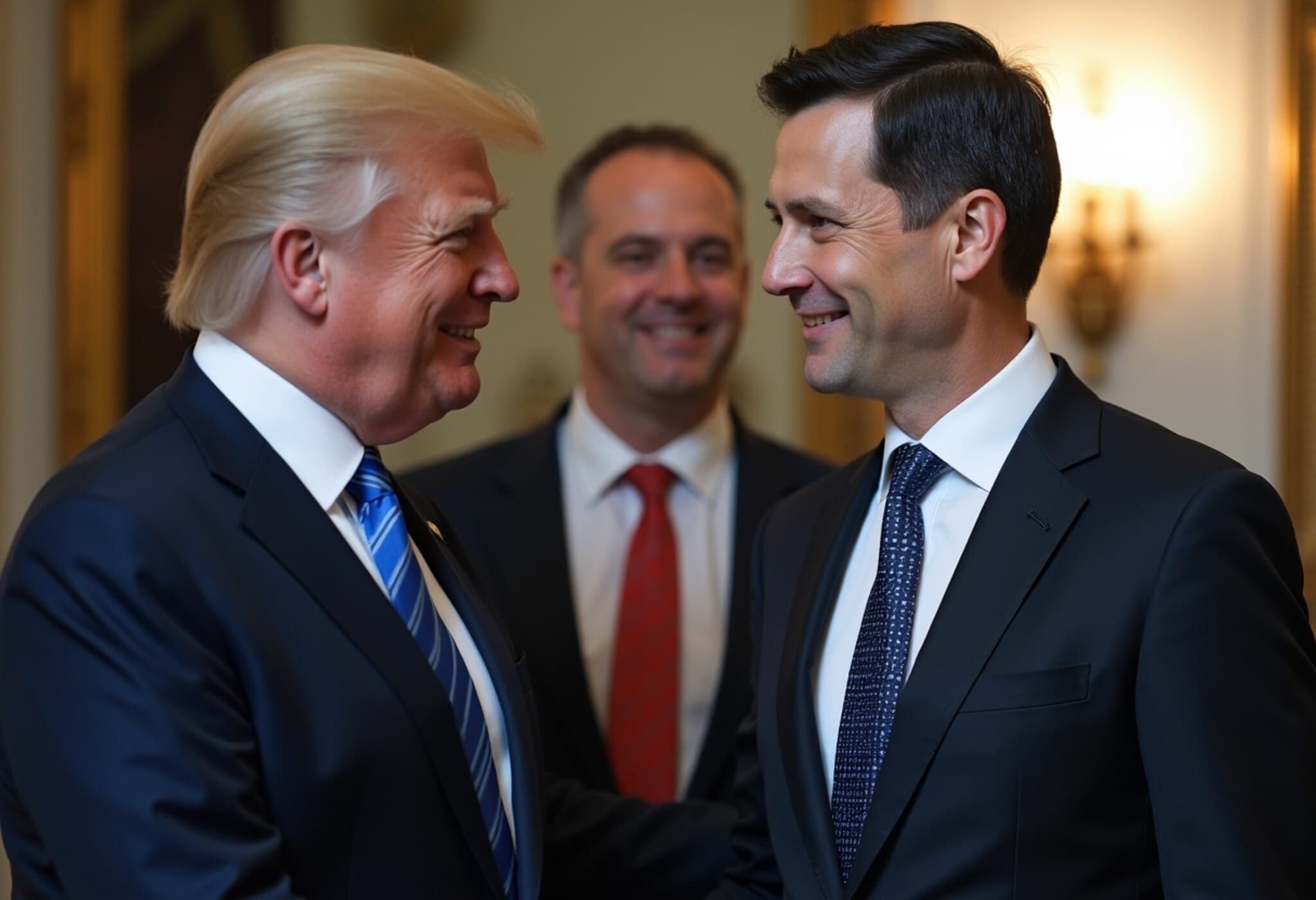‘Comrade Labubu’: A Chinese Doll’s Unexpected Journey to Karl Marx’s Grave
A curious photo has recently caught the attention of social media users worldwide: a Labubu figurine, a popular Chinese collectible toy, placed delicately at the foot of Karl Marx’s tomb in London’s historic Highgate Cemetery. The image quickly went viral, generating a wave of reactions that reflect the complex layers of cultural symbolism, history, and modern consumerism.
The Ironic Encounter: Capitalism Meets Communism
For many, the sight carries an unmistakable irony. Karl Marx, the 19th-century philosopher and father of communism, fiercely critiqued capitalism and envisioned a classless society. Yet here stands a capitalist consumer object — the Labubu doll, a trendy street art-inspired figure known for its strong presence in the global resale market — perched on his grave.
This juxtaposition sparked a lively online debate:
- Critics saw it as a symbol of capitalism's reach, even onto the legacy of its ideological adversaries.
- Others viewed it as a playful cultural mash-up, highlighting the globalized nature of ideas and trends.
- Some commentators
Necrotourism: When Cemeteries Become Cultural Destinations
Beyond the symbolism of the doll, the incident sheds light on a lesser-known but rapidly growing phenomenon: necrotourism. Highgate Cemetery has transformed from a somber resting place into a vibrant cultural hotspot, blending history, nature, and modern social experiences.
Visitors flocking to places like Highgate seek more than just to visit graves. These cemeteries offer:
- Historical context and stories behind notable figures.
- Peaceful green spaces for reflection and leisure.
- Photography opportunities and art installations enhancing public engagement.
In fact, necrotourism has cultivated an economic ecosystem involving guided tours, memorabilia, and preservation efforts, contributing millions annually to local economies.
The Labubu Doll Phenomenon: More Than Just a Toy
Labubu dolls themselves have taken the collector scene by storm, comparable to streetwear icons like Supreme in terms of hype. With long lines and active resale markets, Labubu taps into youth culture’s blend of art, fashion, and consumerism.
The doll’s appearance at Marx’s grave might be coincidental, or perhaps an intentional commentary on contradiction and globalization — where Western political ideologies and Eastern pop culture increasingly intersect.
Expert Perspective: What Does This Say About Cultural Memory?
According to Dr. Emily Chen, a cultural historian specializing in memory and public spaces, "The use of commercial objects like collectible toys on historic sites prompts us to examine how we engage with the past. It challenges traditional boundaries between reverence and contemporary expression, highlighting both respect and reinterpretation in public memory."
From a policy angle, this also raises questions about preserving historical sites amid evolving cultural practices, ensuring respectful engagement while embracing new forms of interaction.
Social Media Sparks Diverse Opinions
The viral post ignited a wide spectrum of responses online:
- Many praised the creative, thought-provoking nature of the imagery.
- Others decried it as insensitive or trivializing an important historical figure.
- Some users used the moment to discuss capitalism’s pervasive cultural influence.
Demonstrating how digital platforms can amplify cultural dialogues, this event illuminates the intersection of history, ideology, and modern popular culture in unexpected ways.
Editor’s Note
The story of the Labubu doll on Karl Marx’s grave invites us to reflect on the evolving ways we interact with history and memory. As necrotourism gains momentum and cultural symbols blend across borders, questions arise: How do we balance respect for historical legacies with contemporary expressions? What does it say about capitalism’s global reach when its products are placed atop the resting place of its fiercest critic? This viral moment encapsulates the complexities of cultural engagement in the digital era, encouraging us to look deeper at the layers beneath seemingly simple acts.



















